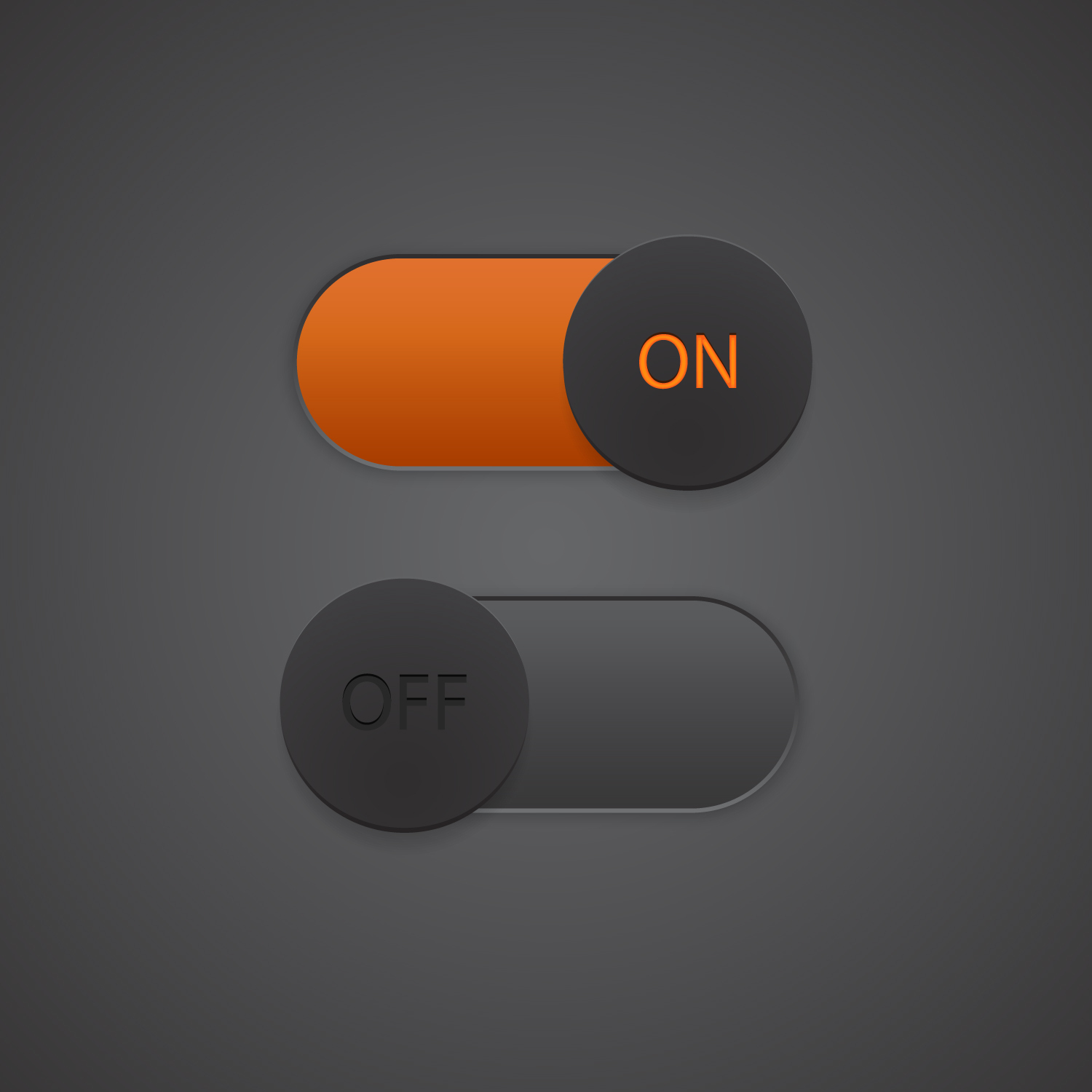
Incident Management Challenges CtrlStack Solves
“Change Impact and Real-Time Troubleshooting” sounds nice…but how do the functionalities associated with those terms actually work to solve today’s challenges? This piece will give you a good idea of the most common incident management challenges DevOps teams face that CtrlStack can solve.
First, before we go over each challenge in detail, let me give you a quick product overview:
CtrlStack captures a wide range of changes happening in your environment. We connect those changes to your operational data (metrics, log, traces), then give all the information your developers and ops folks need to diagnose and resolve issues.
Now, let’s break down how those functionalities work to solve challenges you’re facing today.
The Visibility Challenge
“What is the impact?” When an incident occurs on your watch, how quickly you can answer that question will affect how effectively you can communicate the issue and diagnose the problem. If you can answer that question and quantify the severity of the incident at the beginning of the incident, you can communicate the blast radius and the business impact – downtime.
Did you know that 76% of all outages can be traced back to changes in your system’s environment? Internal changes are often the culprit, but the culprit can also be a third-party application experiencing an issue, or your customer making a configuration change on their side.
While traditional observability tools focus on metrics, logs, and traces with a bunch of analytics on top to let you monitor and investigate unusual behavior, CtrlStack brings on another layer of visibility and analytics that takes things a step further.
CtrlStack monitors a wide variety of system changes, including operational activities, to reduce risks, track how changes impact operations, and find root causes of production issues fast. When an incident occurs, you can use the unified timeline to quickly explore connected events to the error/effect and see a clear path of activities from the effect back to the cause. This capability allows you to take a deep look at the blast radius of every configuration change or code deployment. CtrlStack also shows who made the change so you can route the incident to the right service owner or team quickly.
The SRE to Dev Handoff Challenge
A developer’s time is precious, but most developers spend at least half of their time troubleshooting and debugging issues. This “troubleshooting tax” gets higher as you move to more complex service-based architectures and increase deployment frequency.
Handing off requests for resolutions with limited contextual data to the service owner or developer can waste engineering resources. Even worse, routing an incident to a team when the problem is on the the customer side or the third-party side. With no additional information besides reporting an error is occurring and impacting users, engineers often dive deep into logs to identify what went wrong, how it went wrong, and what is needed to resolve it.
In the simpler days when IT environments were less complex, it made sense to go right into the logs to find answers. In today’s complex environments, digging deep into logs can often distract us from getting to the root cause of the problem. When you have inter-dependencies, third-party dependencies, developers need context and all the tools available to troubleshoot the problem – all in one place.
With CtrlStack serving up everything developers need to know to begin their diagnosis and resolution process, SREs and developers or service owners can collaborate more effectively. Using CtrlStack to centralize data, communications, and actions during incident response keeps everyone focused on finding the root cause.
The Root Cause Analysis Challenge
With thousands of applications and a very dynamic infrastructure to run your business, it’s a tall order to to find the root causes of any one incident. The common thing to do is look at the recent change in the code, and stop there. You also want to ask “What else changed?” and “What other services are impacted?” and “Is the infrastructure impacted?”
Now, you can ask those questions with CtrlStack. From a metric chart, a single click on a spike or a trend allows you investigate issue. From looking at the history of changes that lead up to the behavior to the impacted infrastructure view to the relevant log streams, it’s easier to troubleshooting in real time.
CtrlStack Connects Cause and Effect
That’s a relatively quick look at how CtrlStack solves common incident management challenges and helps DevOps teams diagnose and resolve incidents in real time. By connecting cause and effect, connecting system changes to operational data and presenting that information in a unified timeline, DevOps teams can get to the root of the issue quickly.
Watch this explainer video to understand how we connect cause and effect to enable real-time troubleshooting.
Interested in how it all works, and how you can get it to work for you? You can request early access to our beta and one of our experts will get in touch with you shortly.






